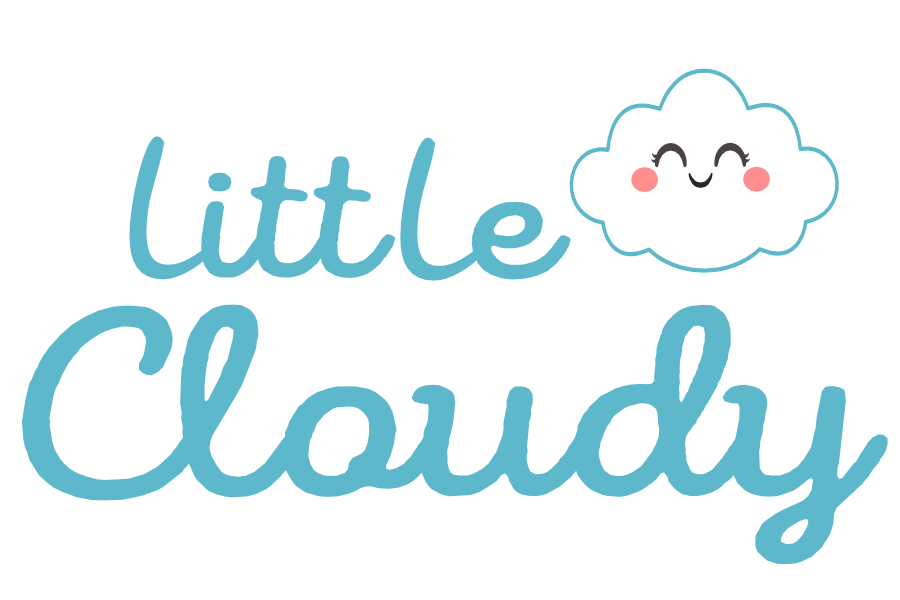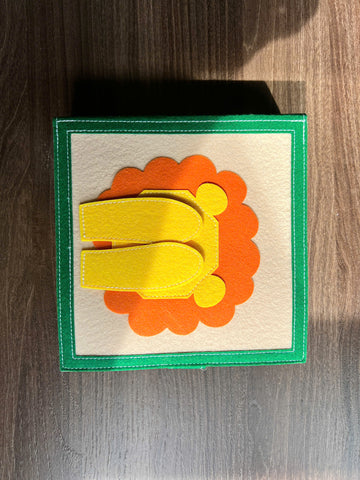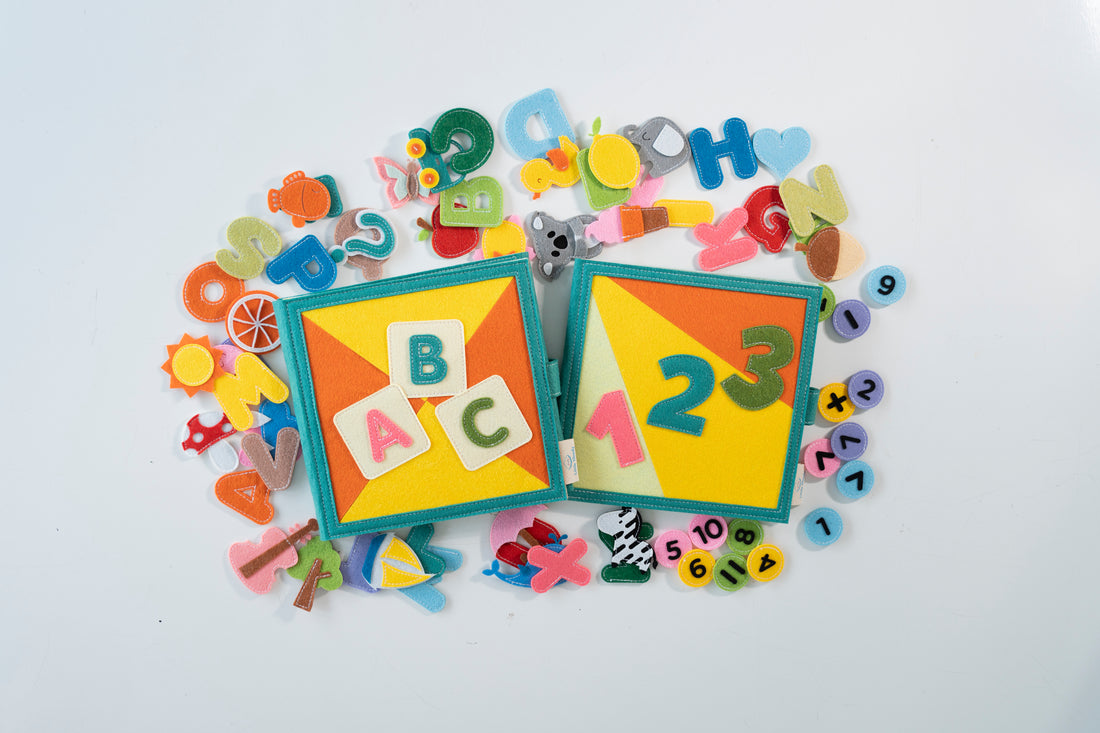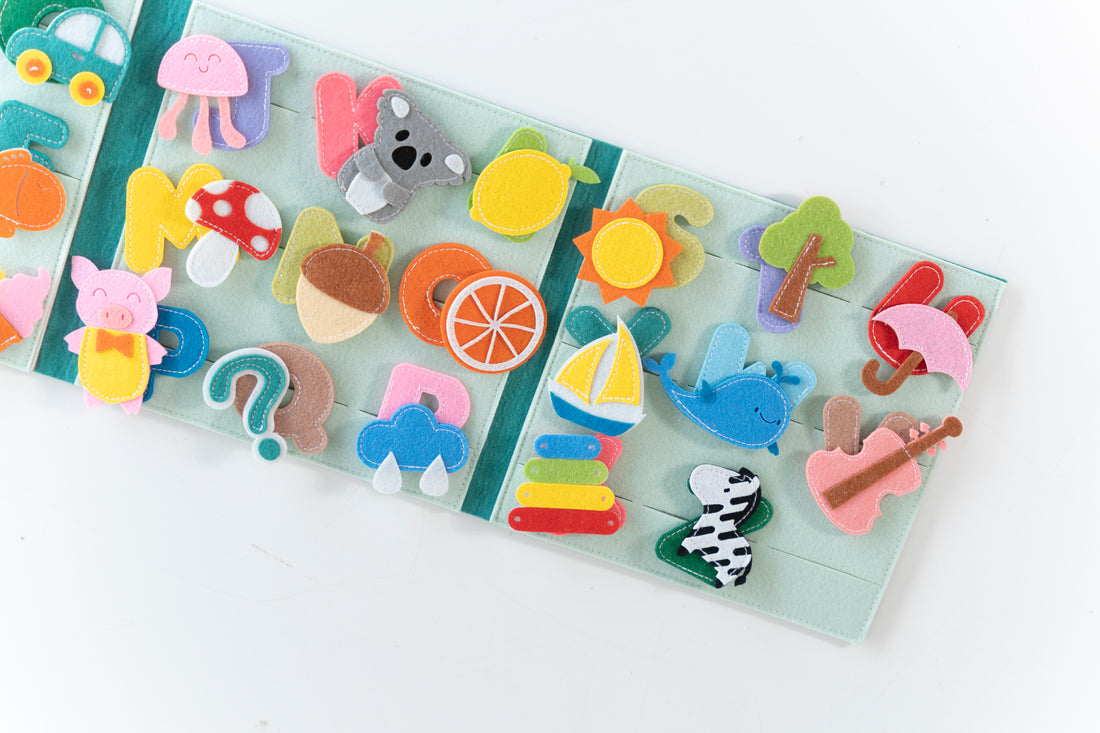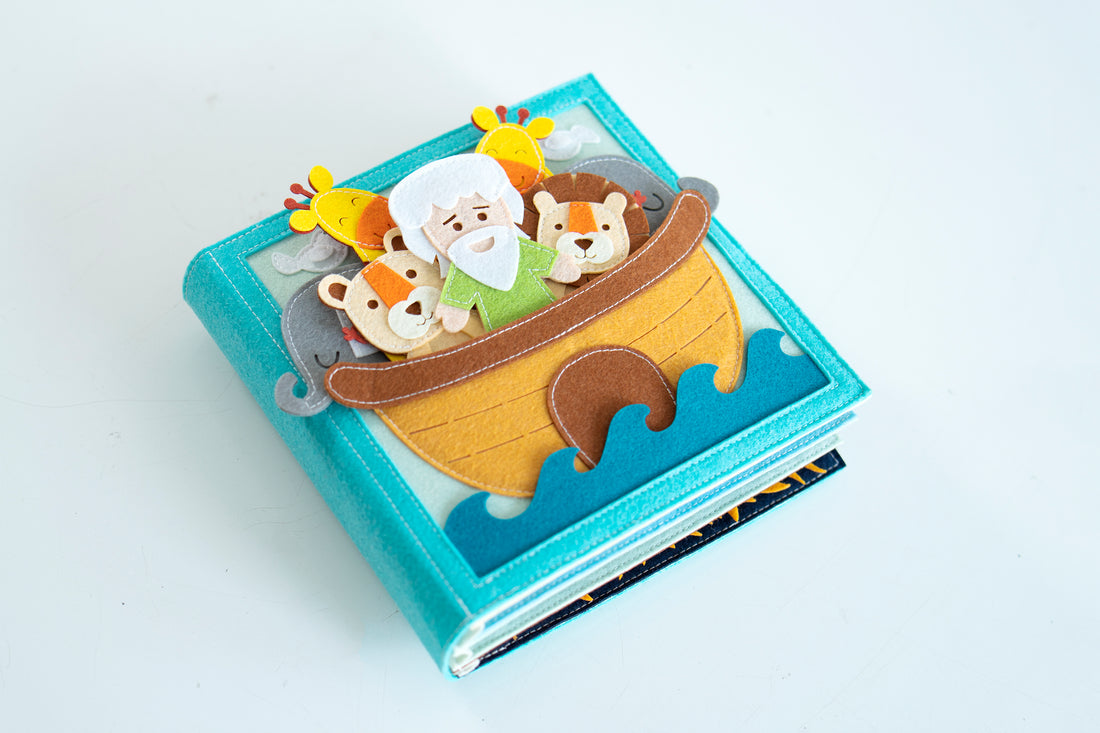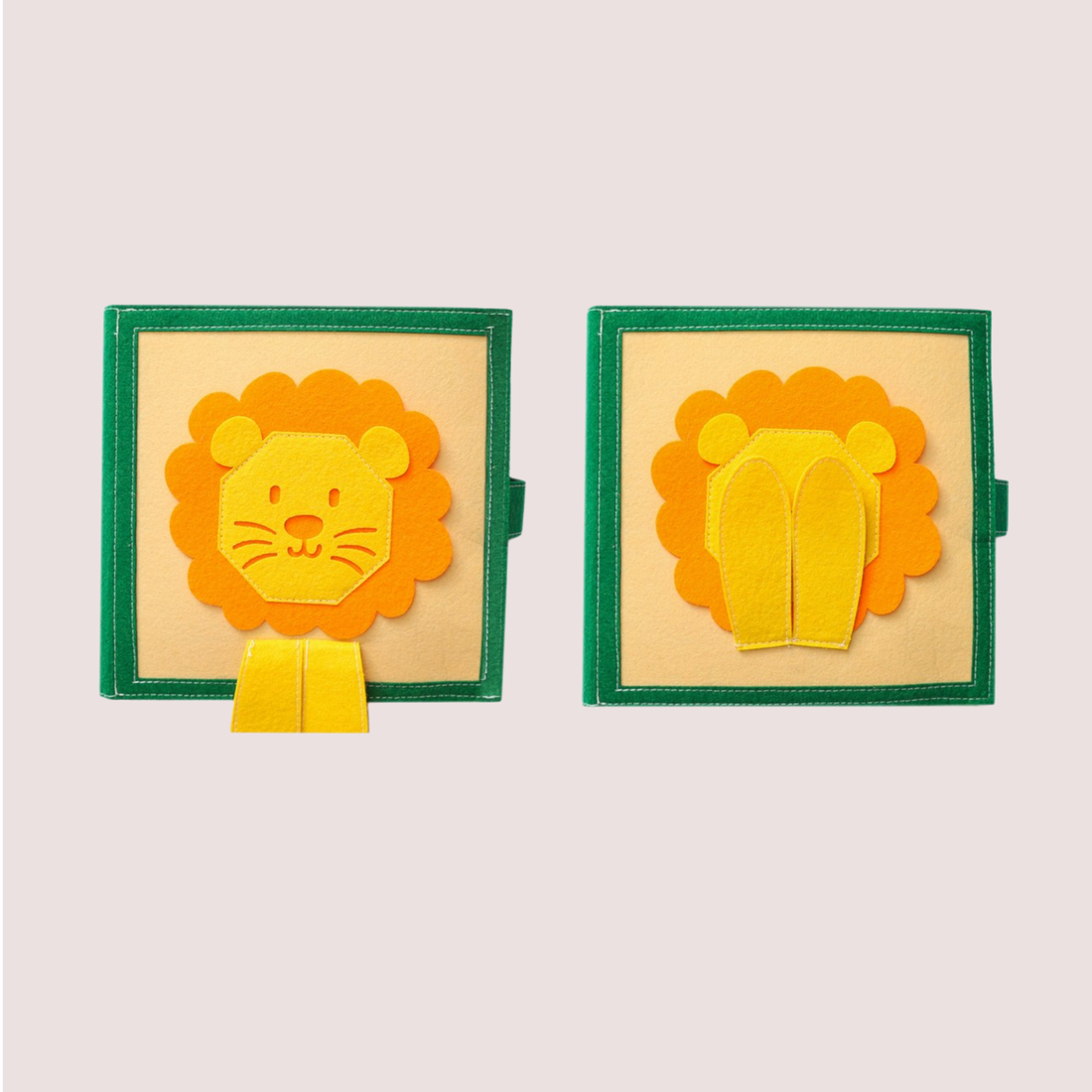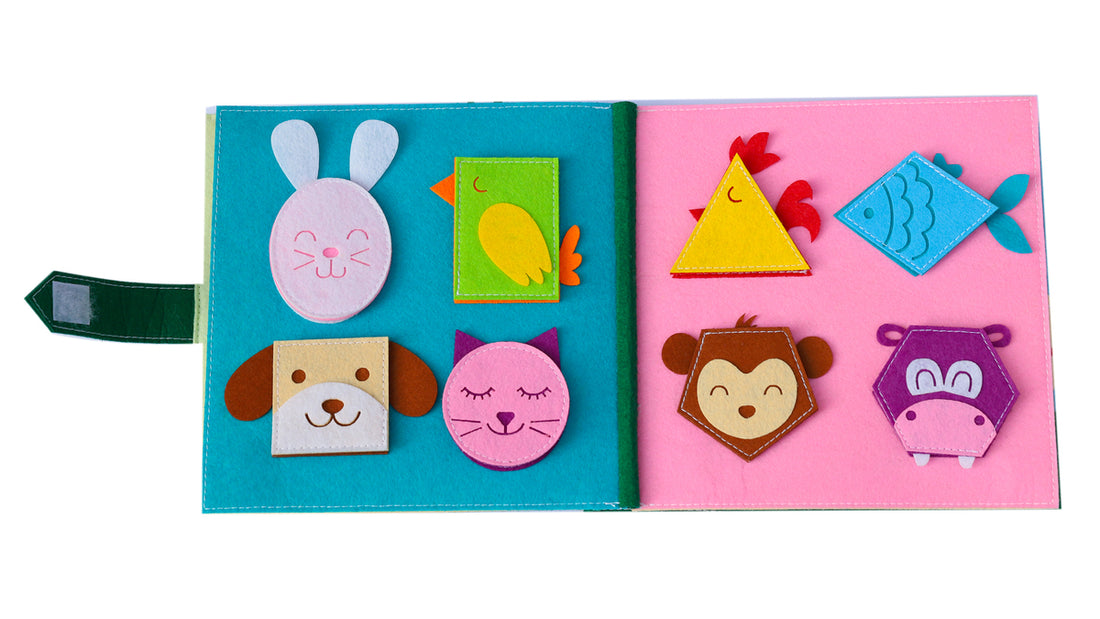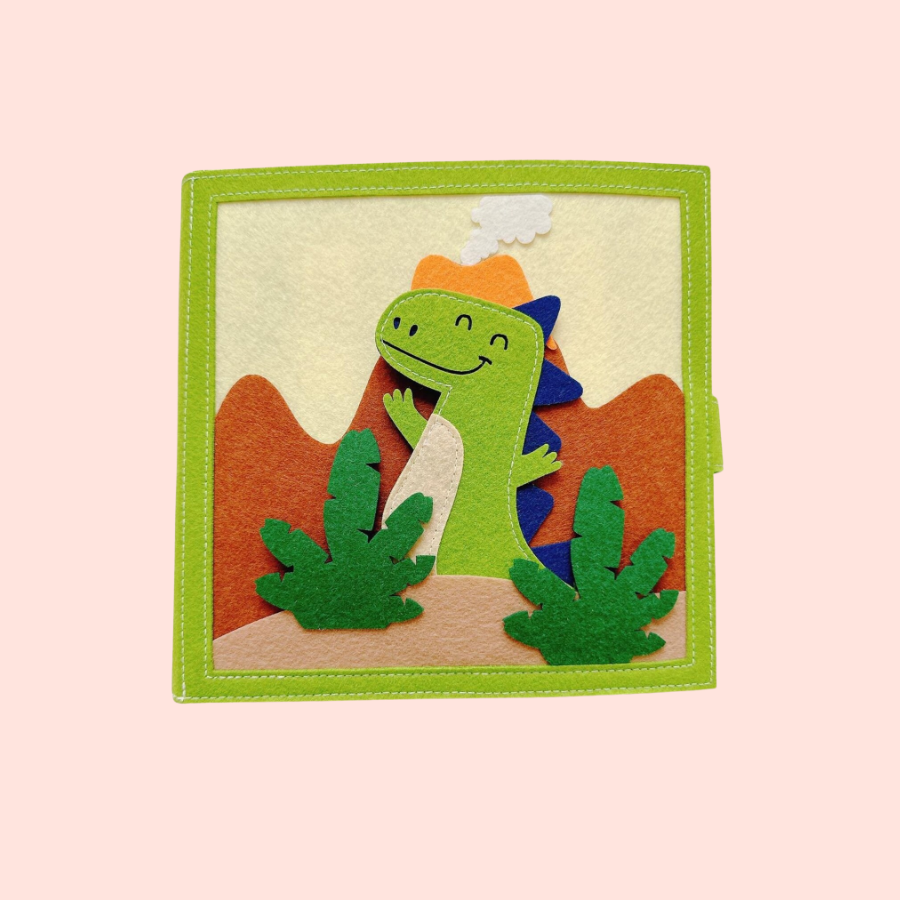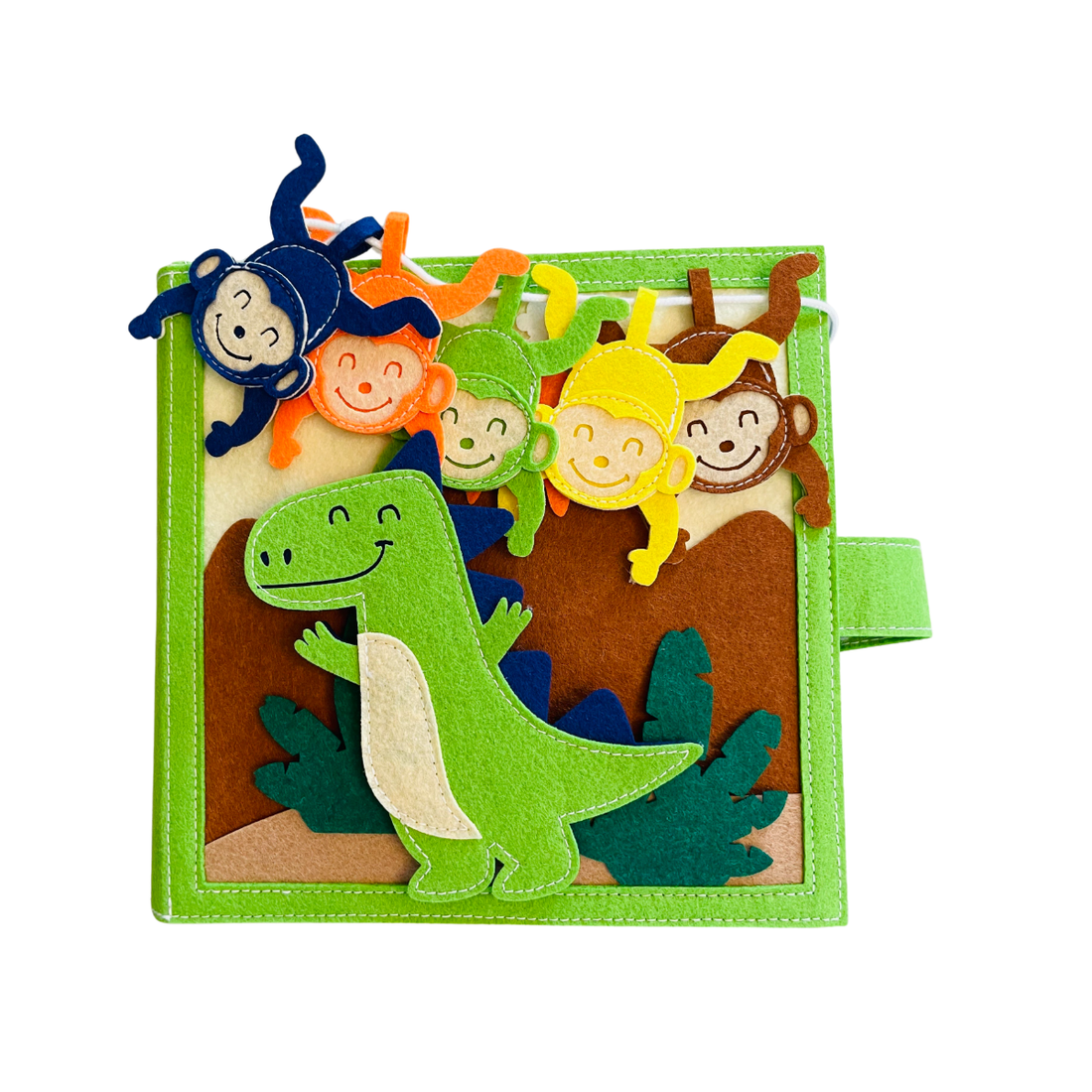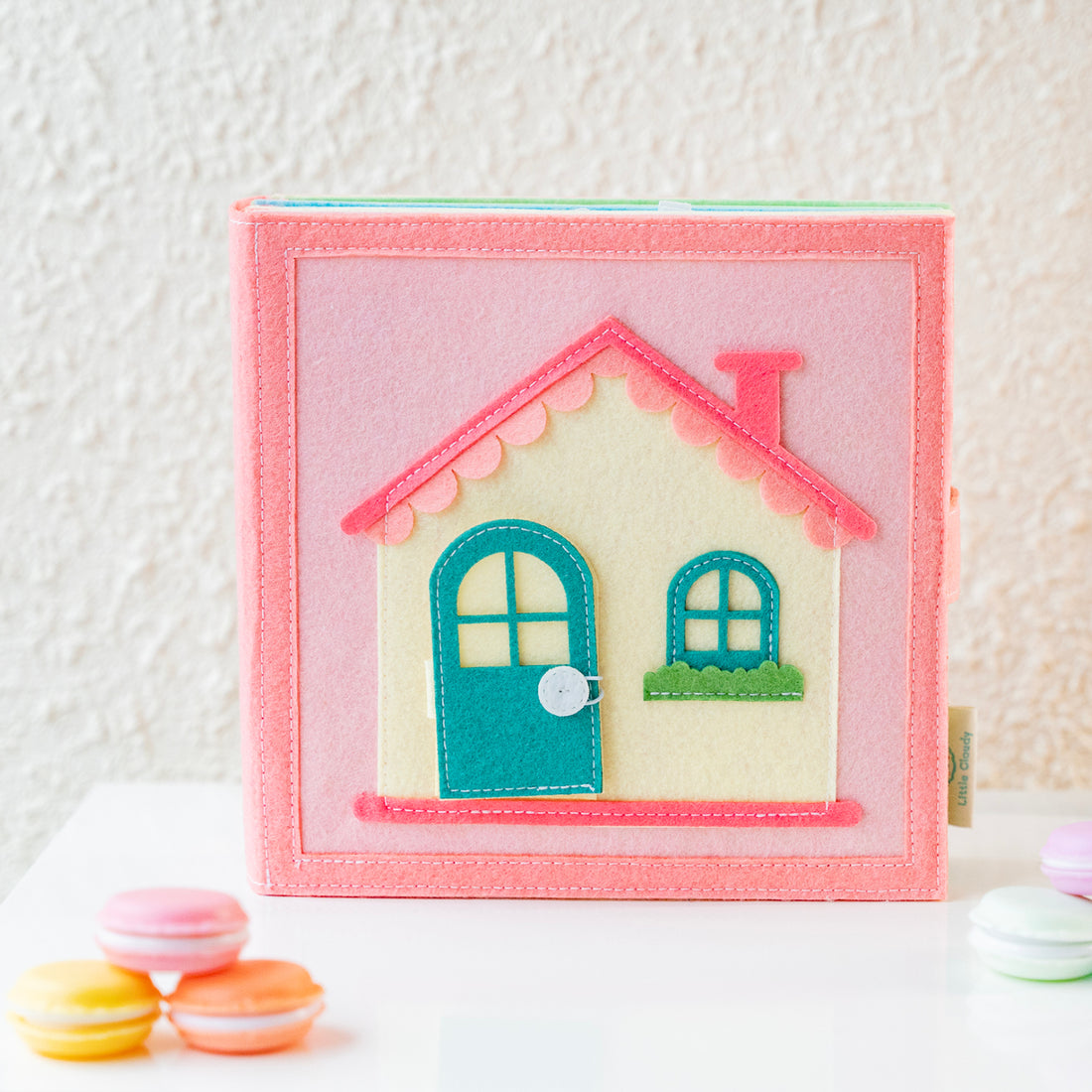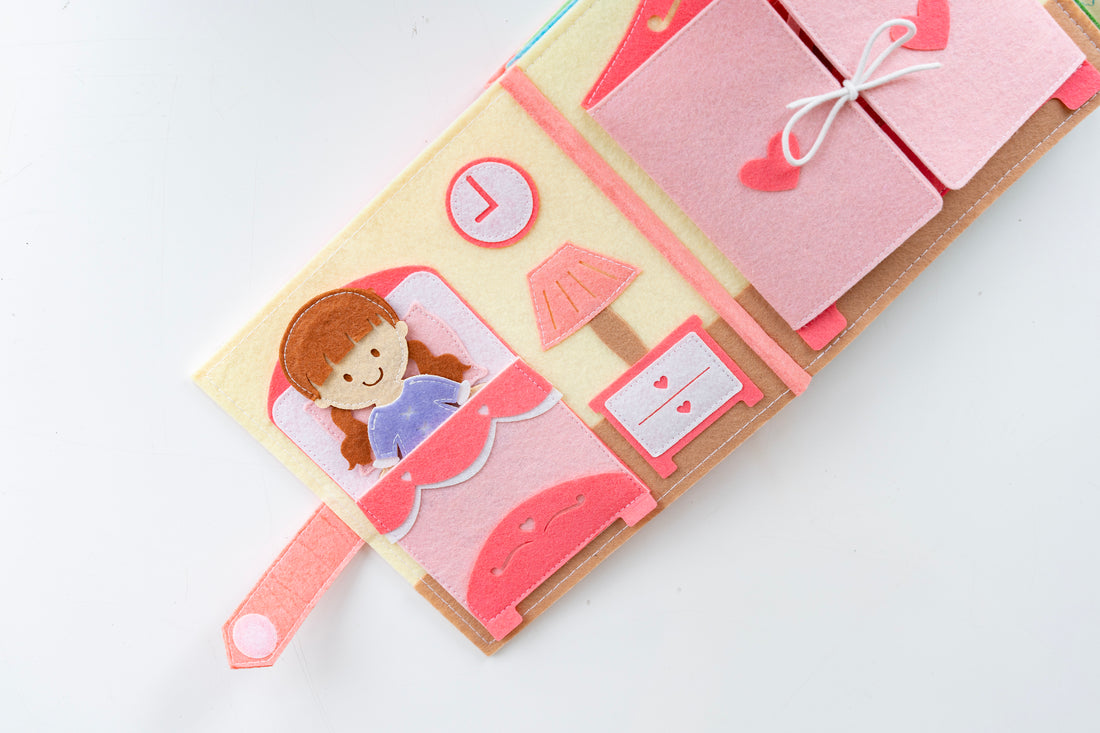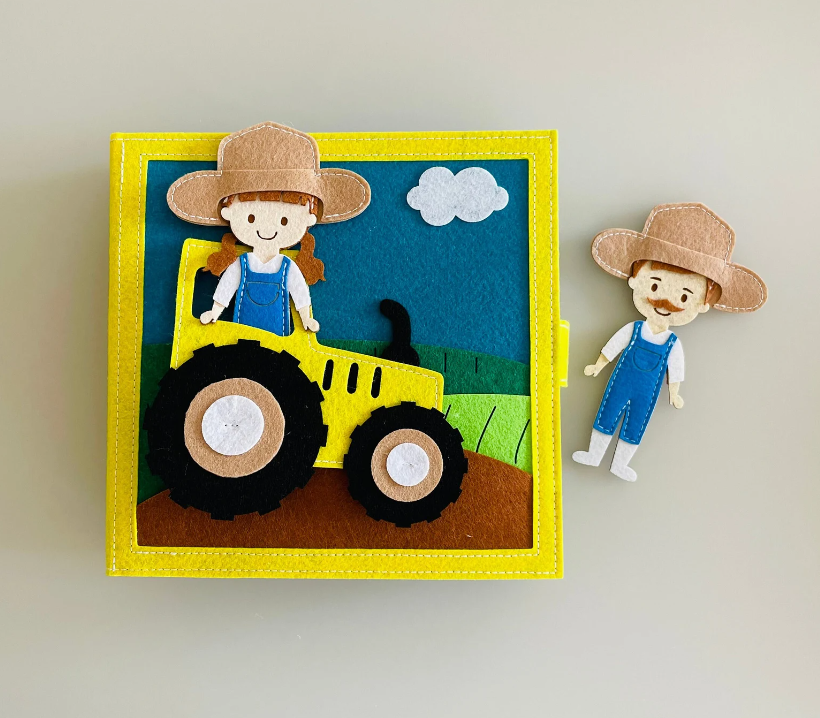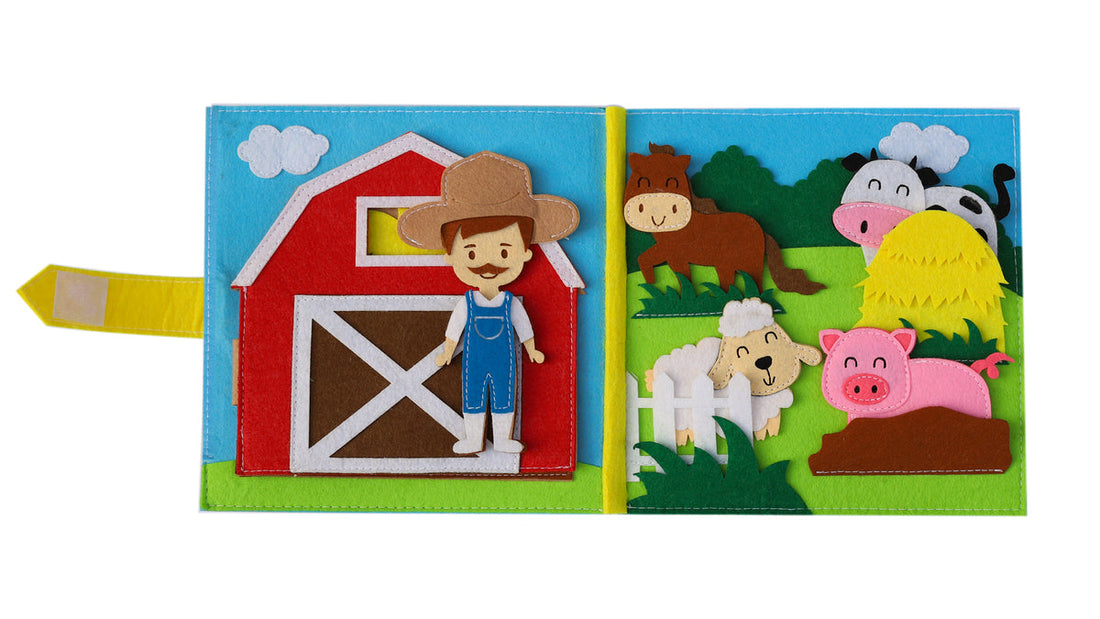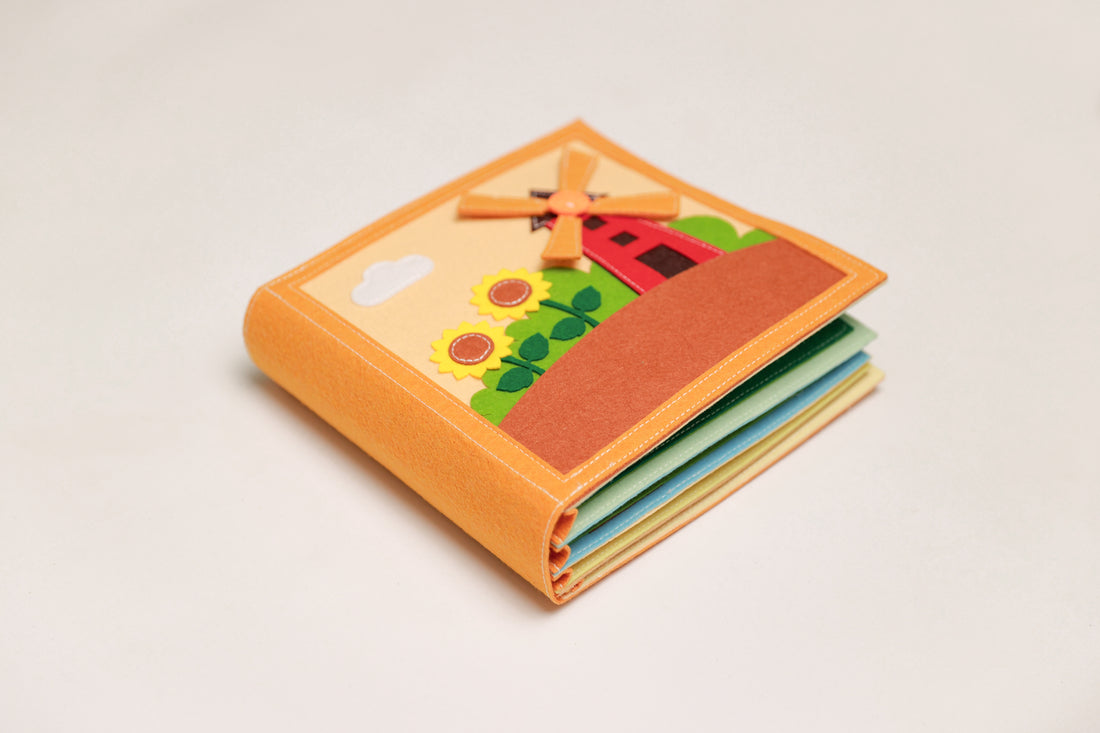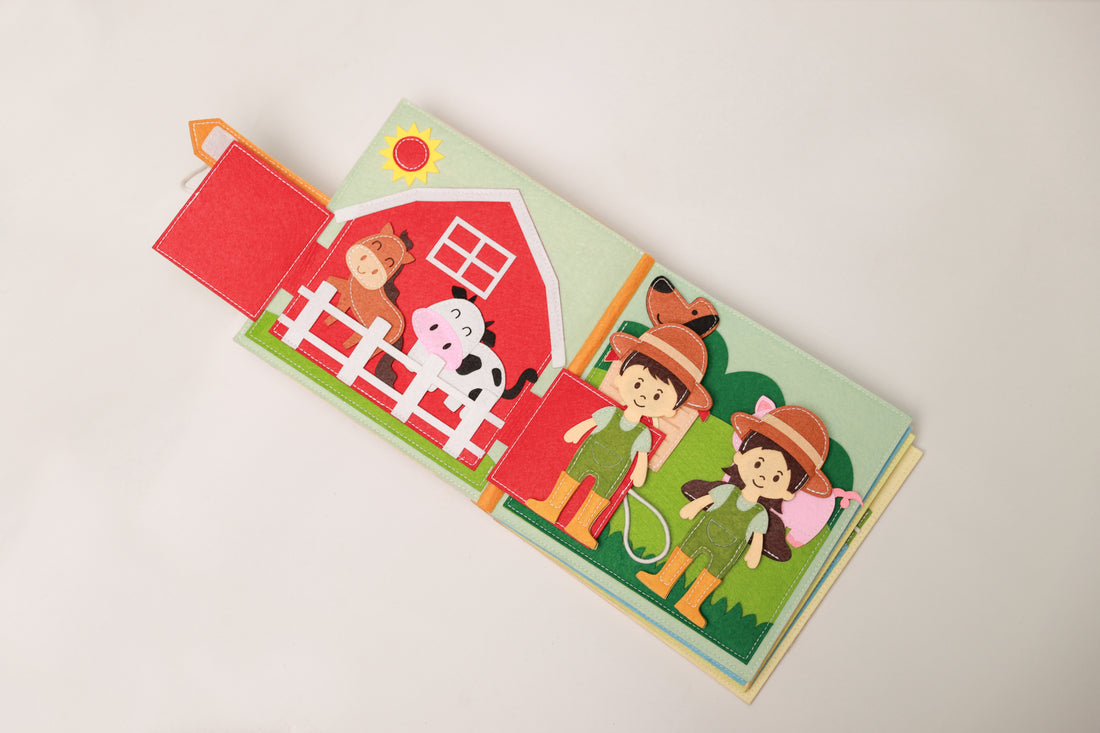Importance of Fine Motor Skills

Developing strong fine motor skills is crucial for toddlers as it enables them to perform tasks that require precision and coordination. These skills involve the use of small muscles in the hands and fingers, allowing children to grasp objects, manipulate toys, and eventually learn to write. By engaging in activities that promote fine motor skill development, toddlers enhance their hand-eye coordination and dexterity, which are essential for daily tasks like feeding themselves, buttoning clothes, and using utensils.
As toddlers explore busy books, they engage in various hands-on activities such as zipping zippers, buttoning buttons, and turning pages, all of which help strengthen their fine motor skills. These interactive tasks not only improve coordination but also boost cognitive development as children learn to focus, problem-solve, and complete tasks independently. Additionally, fine motor skills lay the foundation for future academic success, as they're closely linked to writing, drawing, and other essential school activities.
Benefits of Busy Books

Busy books offer a diverse range of engaging activities that foster creativity and cognitive development in toddlers. These interactive books provide numerous benefits that aid in your child's overall growth and development. One key advantage is the enhancement of fine motor skills. Through activities like buttoning, zipping, and turning pages, busy books help strengthen your toddler's hand-eye coordination and dexterity.
Moreover, busy books promote problem-solving skills as toddlers engage with various puzzles and tasks within the book. This fosters critical thinking and analytical abilities from a young age. Additionally, the sensory experiences provided by textures, colors, and shapes in busy books stimulate your child's senses and encourage exploration.
Furthermore, busy books can also support language development by introducing new words, concepts, and storytelling elements. As toddlers engage with the content of these books, they expand their vocabulary and comprehension skills.
Types of Fine Motor Skills

Engaging with busy books can help toddlers develop a variety of fine motor skills essential for their overall growth and coordination. These skills involve the coordination of small muscles in the hands and fingers, which are crucial for tasks like writing, drawing, and manipulating objects.
One type of fine motor skill that toddlers can improve through busy books is hand-eye coordination. This skill helps them coordinate their hand movements with what they see, enhancing their ability to perform tasks that require precision.
Another important fine motor skill that toddlers can develop is pincer grasp. This skill involves using the thumb and index finger to pick up small objects, promoting dexterity and control. By engaging with busy books that contain activities like buttoning, zipping, and lacing, toddlers can enhance their pincer grasp and strengthen their hand muscles.
Furthermore, busy books can also help toddlers improve their bilateral coordination, which involves using both sides of the body together in a coordinated way. Activities such as turning pages, matching shapes, and placing objects in designated spots can aid in refining this skill, preparing toddlers for more complex tasks in the future.
Sensory Stimulation in Busy Books

Through sensory stimulation, toddlers can explore textures, colors, and shapes in busy books, enhancing their tactile awareness and cognitive development. Busy books often incorporate a variety of materials like soft fabrics, fuzzy textures, smooth surfaces, and different shapes. These elements engage your child's senses, encouraging them to touch, feel, and interact with the pages. By exploring the diverse textures within the book, toddlers can develop a deeper understanding of tactile sensations. As they run their fingers over rough patches or glide them along silky fabrics, they're refining their sense of touch and expanding their sensory experiences.
Additionally, the vibrant colors and shapes in busy books capture your toddler's attention and stimulate their visual perception. Bright hues and contrasting patterns help in distinguishing between different elements on the page, aiding in cognitive development. As your child engages with the sensory-rich pages of busy books, they aren't only honing their tactile skills but also laying the foundation for more advanced cognitive processes.
Hand-Eye Coordination Development

Exploring the diverse textures within busy books can aid in the development of your toddler's hand-eye coordination skills. As your little one touches and feels the different materials like soft fabrics, crinkly paper, and smooth surfaces, their brain is actively making connections between what they see and what they touch. This sensory experience helps refine their ability to coordinate their hand movements with their visual focus.
Playing with interactive elements in busy books, such as moving pieces or buttons to press, also challenges your toddler to use their hands and eyes together in a precise and coordinated manner. These activities require them to align their hand movements with what they see on the page, helping them improve their hand-eye coordination over time.
Activities for Finger Dexterity
How can you enhance your toddler's finger dexterity through interactive activities in busy books?
Engaging in activities that promote finger dexterity is crucial for your toddler's overall fine motor skill development. Activities like turning pages, buttoning, zipping, and pulling tabs in busy books can help strengthen the muscles in their fingers and hands. Encouraging your toddler to explore textures by touching different materials within the busy book can also enhance their sensory perception and fine motor skills.
Furthermore, activities that involve slotting shapes into corresponding holes or placing objects into designated spots can improve your toddler's hand-eye coordination and finger control. Encouraging them to trace dotted lines or follow mazes with their fingers can also enhance their finger dexterity and precision. Additionally, activities that involve squeezing, pinching, or picking up small objects within the busy book can help improve their grip strength and coordination.
Pincer Grip Enhancement

To enhance your toddler's pincer grip, incorporate activities in busy books that involve picking up small objects or manipulating tiny pieces. These activities can include tasks like placing beads into designated slots, picking up small buttons to button a fabric piece, or even sorting tiny objects into compartments. By engaging in these activities, your toddler will strengthen the muscles in their fingers and develop better control over their pincer grip.
Busy books with interactive elements such as zippers, Velcro tabs, or snap buttons can also be beneficial in improving your toddler's pincer grip. Encourage them to practice opening and closing these fasteners, which requires a precise pincer grip motion. Additionally, activities like threading strings through designated holes or turning small knobs can help refine their fine motor skills even further.
Spatial Awareness Improvement
Enhance your toddler's spatial awareness by incorporating activities that involve arranging objects in different positions and orientations within their busy books. These activities can include matching shapes, fitting puzzle pieces together, or placing stickers in designated spots. By engaging in these tasks, your toddler learns to understand how objects relate to each other in space and develops the ability to visualize and manipulate various shapes and forms.
As your toddler practices arranging objects within their busy book, they improve their spatial reasoning skills. They learn concepts like near and far, inside and outside, above and below. This enhanced spatial awareness not only benefits their fine motor skills but also lays the foundation for future math and science learning. Through hands-on exploration and manipulation of objects within the busy book, your toddler hones their ability to understand and interact with the physical world around them.
Problem-Solving Skills

Develop problem-solving skills in your toddler by presenting them with various challenges and encouraging them to find solutions within their busy books. Busy books are designed to engage toddlers in interactive and stimulating activities that require problem-solving. By including activities like matching shapes, completing puzzles, or figuring out how to manipulate different elements within the book, toddlers are prompted to think critically and use their cognitive abilities to overcome obstacles.
As your toddler engages with different tasks in their busy book, they learn to analyze situations, think creatively, and experiment with different approaches to find solutions. These problem-solving activities help them develop essential skills such as logical reasoning, pattern recognition, and decision-making. Through trial and error, toddlers enhance their problem-solving abilities and gain confidence in their capabilities to tackle challenges.
Encouraging your toddler to explore and engage with the activities in their busy books not only enhances their cognitive development but also fosters a sense of accomplishment and independence as they successfully navigate through various tasks.
Long-Term Development Impact

Encouraging your toddler to engage with problem-solving activities in their busy books can have a lasting impact on their overall cognitive development. These early experiences with busy books help build a strong foundation for critical thinking, creativity, and reasoning skills that extend far beyond childhood. By consistently engaging with the interactive elements of busy books, your child not only sharpens their problem-solving abilities but also enhances their memory retention and attention span over time.
As your toddler grows, the benefits of using busy books continue to manifest in various aspects of their development. The skills acquired through these activities, such as hand-eye coordination and fine motor skills, lay the groundwork for more advanced cognitive processes later in life. Long-term exposure to busy books can lead to improved academic performance, as the cognitive stimulation provided by these books fosters a love for learning and exploration.
Frequently Asked Questions
Can Busy Books Be Used to Improve Cognitive Skills in Toddlers?
Yes, busy books can be a fantastic tool for improving cognitive skills in toddlers. They offer interactive activities that engage young minds, like matching shapes and counting objects. These hands-on experiences can enhance problem-solving abilities and critical thinking.
Are There Specific Busy Book Activities for Children With Special Needs?
There are specific busy book activities designed for children with special needs. These activities cater to various abilities and can help enhance skills in a tailored manner, providing a supportive and engaging learning experience.
How Can Busy Books Aid in Language Development for Toddlers?
Busy books can aid in language development for toddlers by incorporating interactive elements like textures, sounds, and movable parts. These features engage children, encourage verbal communication, and help expand vocabulary in a fun and educational way.
Are There Any Safety Considerations to Keep in Mind While Using Busy Books?
When using busy books, always supervise your child to ensure they don't put small parts in their mouth. Check for loose pieces or sharp edges. Prioritize safety by choosing age-appropriate books and regularly inspecting them for any signs of wear.
Can Busy Books Be Used as a Tool for Bonding Between Parents and Toddlers?
Yes, busy books can absolutely be used as a tool for bonding between parents and toddlers. They provide a wonderful opportunity for quality time together while engaging in interactive and educational activities.
In conclusion, busy books are a fantastic tool for helping toddlers develop their fine motor skills. By engaging in interactive activities that promote hand-eye coordination, pincer grip enhancement, spatial awareness, and problem-solving skills, children are able to strengthen their small hand and finger muscles in a fun and stimulating way.
These skills not only benefit them in the short term but also have a long-term impact on their overall development.
So keep exploring, matching, and creating with busy books to support your child's growth!
